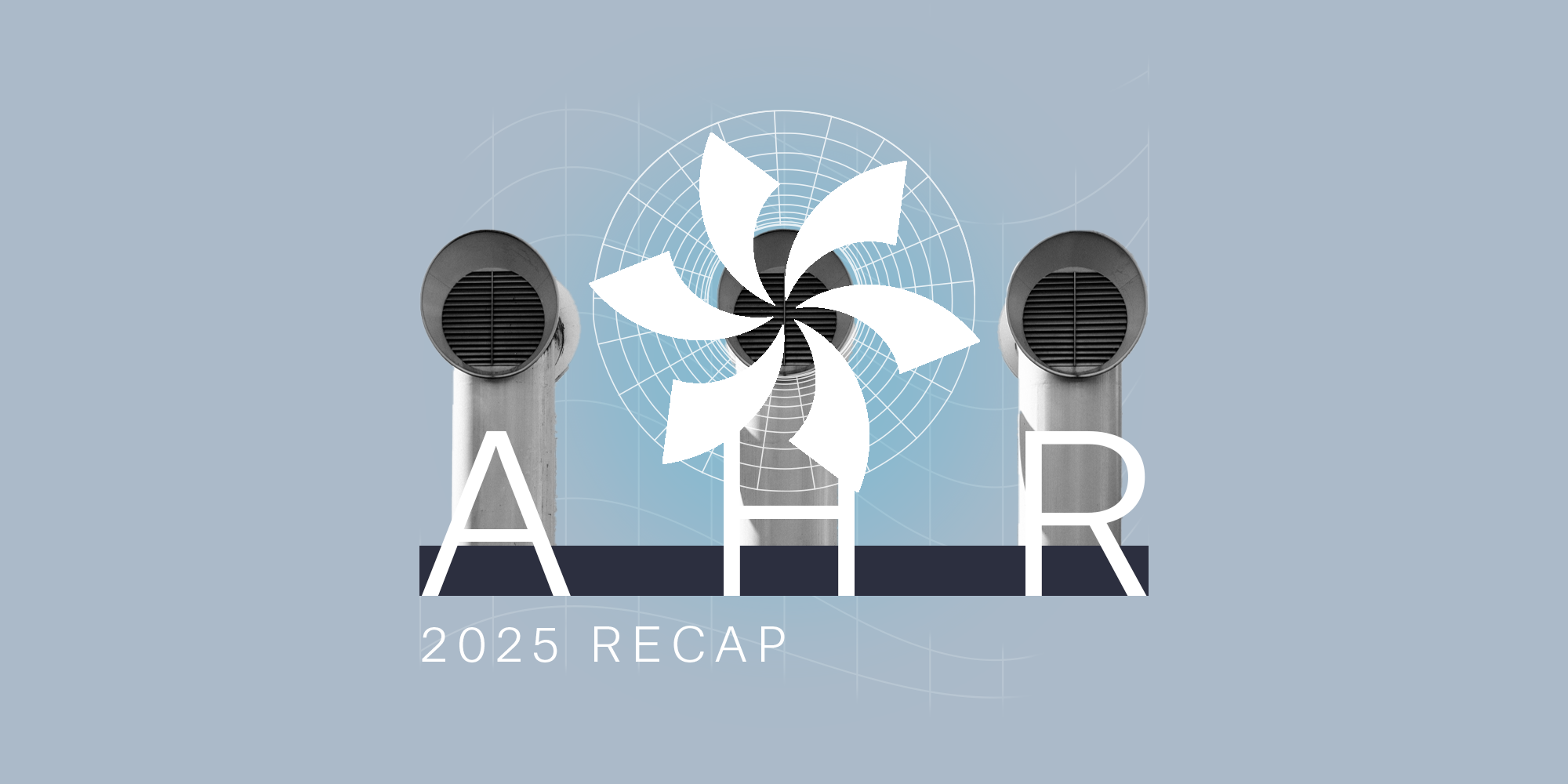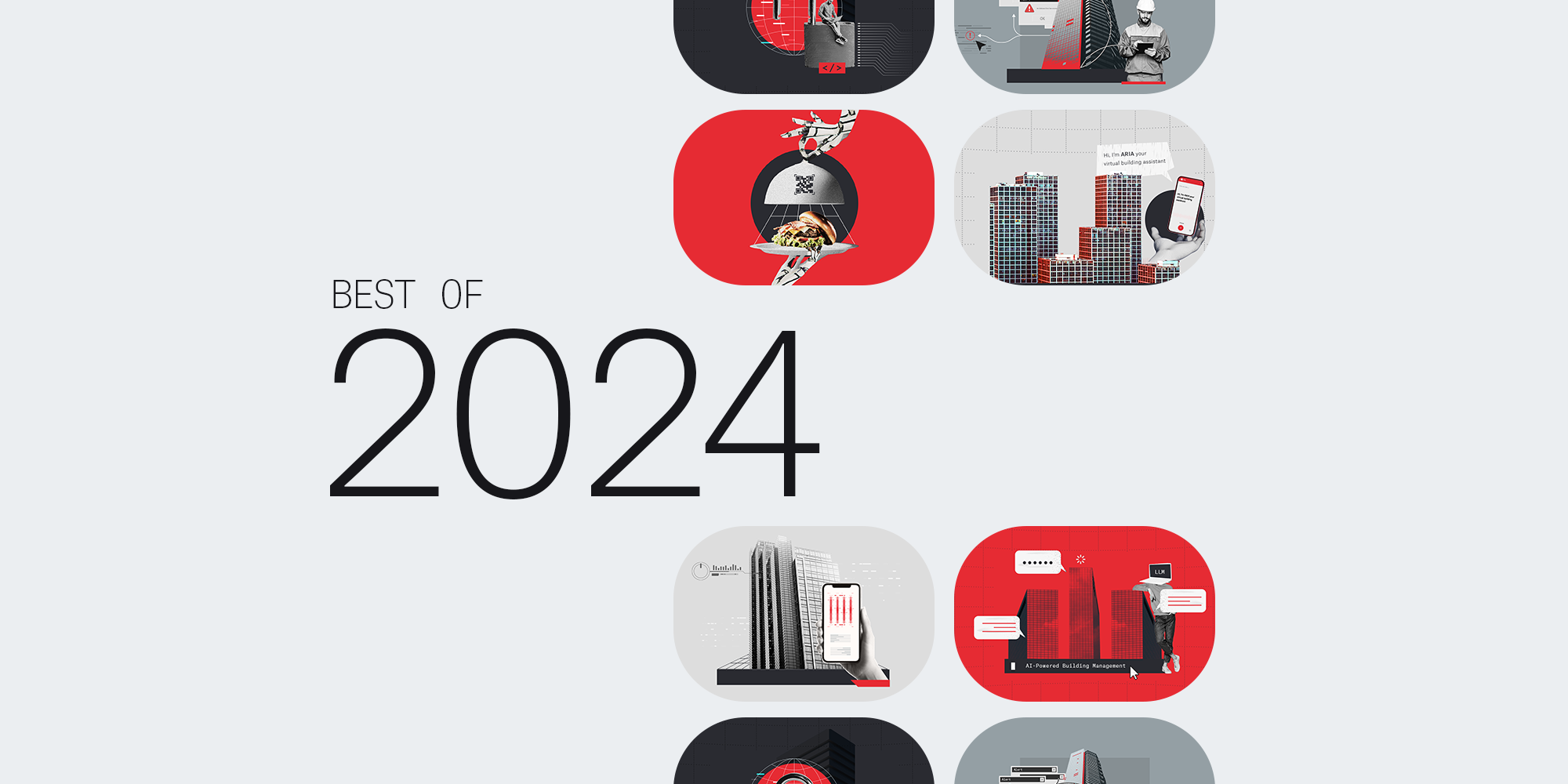How AI Optimizes Legacy HVAC Systems Without Breaking the Bank

Key takeaways
- AI-driven HVAC retrofits deliver substantial energy savings (up to 25%) and emissions reductions (up to 40%).
- Integrating AI requires minimal disruption, leveraging existing systems without costly overhauls.
- Advanced predictive technology provides forecasting accuracy of up to 99.6%.
In an era where sustainability, efficiency, and financial prudence increasingly dictate business strategies, optimizing legacy HVAC systems is no longer optional—it’s essential. Legacy HVAC systems—often seen as liabilities—are now emerging as untapped opportunities, thanks to advances in Artificial Intelligence (AI). This aligns with a critical industry shift: doing more with less in the face of escalating ESG and regulatory expectations, tightening budgets, and staffing shortages.
Modernization Without Disruption
Traditionally, improving building energy efficiency required costly equipment replacements, lengthy project timelines, and operational disruptions. By contrast, AI-driven solutions that target HVAC systems eliminates these barriers by integrating seamlessly with existing systems through a streamlined, non-disruptive process. For example, solutions like BrainBox AI’s AI HVAC Optimization, leverages an innovative four-way connectivity model, capable of integrating smoothly with virtually any existing HVAC infrastructure using:
- Data Aggregation: The system connects to existing BMS, IoT sensors, and weather APIs, creating a unified data ecosystem without hardware changes.
- AI Modeling: Machine learning algorithms analyze historical and real-time data to map building-specific thermal dynamics, occupancy patterns, and energy demand cycles.
- Autonomous Optimization: The AI generates predictive setpoints, adjusting HVAC operations to balance comfort, efficiency, and equipment longevity.
- Continuous Learning: The system refines its models over time, adapting to seasonal shifts, occupancy changes, and evolving sustainability targets.
Digital retrofitting through AI technology significantly reduces project timelines, allowing organizations to see measurable benefits rapidly, typically within weeks rather than months or years. Unlike hardware-dependent systems, it operates entirely through cloud-based APIs, ensuring compatibility with legacy building management systems and modern IoT ecosystems. As JLL notes, 39.6% of FM teams are increasing tech investments to maximize existing asset ROI, positioning providers using AI as strategic levers for portfolio optimization.
Technical Insights: Precision Forecasting and AI Integration
Advanced machine-learning algorithms trained on real-time operational data, enable accurate forecasting of building conditions. The technology assesses and anticipates factors such as temperature fluctuations, occupancy patterns, weather conditions, and energy demands, with forecasting precision as high as 99.6%. Such high accuracy empowers proactive adjustments that consistently maintain optimal internal environments while simultaneously minimizing energy consumption.
Moreover, this precision enables buildings to be pre-cooled during off-peak hours to avoid peak energy pricing. Additionally, its weather-responsive ability to anticipate heatwaves or cold snaps allows for the optimization of these systems’ runtimes without compromising comfort. Lastly, by analyzing equipment performance data, the AI identifies early signs of HVAC component degradation—reducing unplanned outages and extending asset lifespans.
Case Studies: Real-World Evidence of Impact
- Retail Optimization at Scale
Dollar Tree sought to improve energy efficiency across hundreds of retail stores. BrainBox AI deployed its solution, integrating into existing HVAC infrastructures. Within months, the company achieved substantial operational cost savings totaling over US$1M. Crucially, the project was completed with minimal interference to daily store operations, demonstrating scalability across large retail portfolios.The rapid payback period (under 12 months) reinforced AI’s practicality as a financially attractive, scalable solution suitable even for complex retail networks. - Diverse Real Estate Portfolio Efficiency
Cammeby’s extensive real estate holdings presented unique HVAC optimization challenges due to varying property types, usage patterns, and legacy equipment conditions. A tailored AI-driven solution, yielded the New York City commercial realtor 15.8% savings in HVAC-related energy costs portfolio-wide. These results were achieved without tenant disruptions or significant physical upgrades. Furthermore, Cammeby’s reported noticeable improvements in tenant comfort and satisfaction—demonstrating how AI retrofits simultaneously enhance occupant experiences alongside economic and environmental gains. - Precision Control and Regulatory Compliance
A California-based Pharma Campus faced rigorous environmental and regulatory standards, demanding precision control within laboratories and administrative buildings. Advanced predictive control capabilities delivered a electricity saving of 16% without compromising stringent operational standards. Compliance remained flawless, showcasing the technology’s versatility in specialized environments.
Looking ahead, AI’s role in facility management is on track to expand. Increased AI integration into buildings will continue delivering economic, environmental, and operational efficiencies far into the future. As buildings become increasingly data-driven and connected, AI solutions like BrainBox AI will serve not only as optimization tools but also as foundational components for autonomous building operations.












